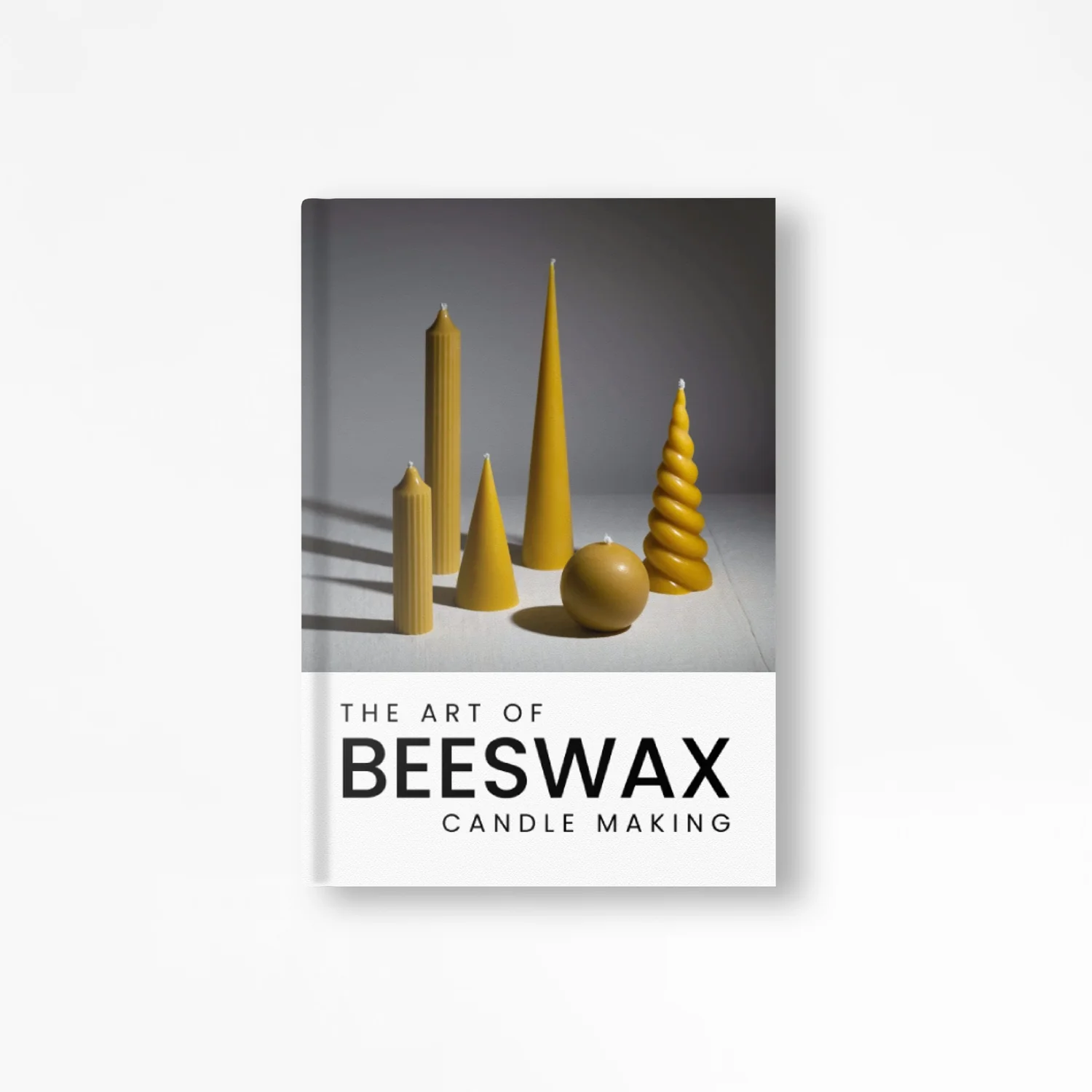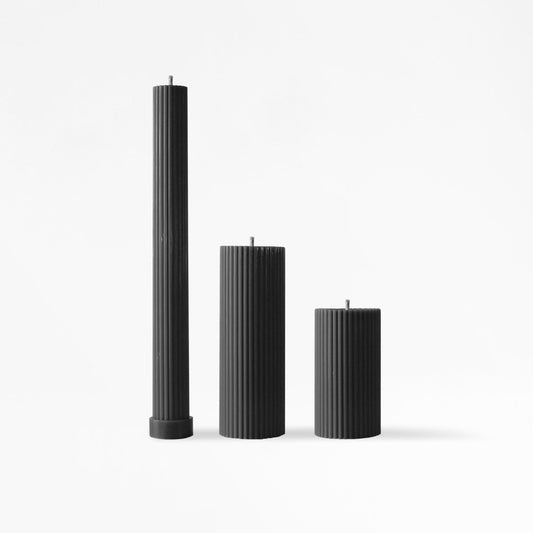Beeswax candles are a popular choice for their natural beauty and warm, sweet fragrance. However, making beeswax candles is not always easy, and there are a few common mistakes that can lead to less than desirable results. In this article, we will explore the top 8 common mistakes to avoid when making beeswax candles and provide tips on how to avoid them.
Using Unfiltered Beeswax
Beeswax naturally contains impurities such as pollen, propolis, and beeswax debris. While some people prefer the natural look and texture of unfiltered beeswax candles, using unfiltered beeswax can lead to a number of problems. The impurities can clog the wick, causing the candle to burn improperly or not at all. To avoid this problem, use filtered beeswax that has been strained to remove any debris.
Using Fake Beeswax
Fake beeswax is an imitation product made from paraffin wax or other synthetic materials. While it may look and smell like beeswax, it lacks the natural benefits of real beeswax, such as its ability to purify the air and emit negative ions. Be sure to purchase beeswax from a trusted source and verify that it is 100% pure beeswax.
Not Using the Correct Wick
Choosing the right wick is crucial to the success of your beeswax candle. If the wick is too small, the candle may not burn properly or may not stay lit. If the wick is too large, the candle may burn too quickly or produce excessive smoke. To determine the correct wick size for your candle, consult a wick size chart or use the guidelines provided by the wick manufacturer.
Not Using a Double Boiler
Beeswax should be melted slowly and gently over a double boiler to prevent overheating and to ensure even melting. If you try to melt beeswax in a regular pot or pan, it can scorch or burn, leading to a ruined batch of wax. To avoid this problem, use a double boiler or a specialised wax melting pot.
Pouring the Wax Too Hot or Too Cold
Beeswax should be poured at the correct temperature to ensure proper setting and a smooth finish. If the wax is too hot, it can cause the wick to bend or the candle to crack. If the wax is too cold, it may not adhere properly to the mold, causing air bubbles or other imperfections. Always follow the recommended pouring temperature for your particular type of beeswax.
Not Using Silicone Spray on Acrylic Molds
Acrylic molds can be difficult to release the finished candle from. To make removal easier, use a silicone spray on the inside of the mold before pouring the beeswax. This will help the candle release easily and prevent damage to the mold.
Not Protecting the Workspace Against Wax Spills or Accidents
Beeswax can be messy, and spills or accidents can happen. To prevent damage to your workspace, use a dedicated work surface that can be easily cleaned, and consider using a drop cloth or other protective covering.
Not Having a Safe Environment
Finally, one of the most important things to keep in mind when making beeswax candles is safety. Beeswax can be dangerous if mishandled or heated improperly, so it is important to have a safe environment when working with it. Always wear protective gloves, aprons, and safety glasses to prevent burns or accidents. Also, make sure to work in a well-ventilated area to avoid inhaling any fumes from the wax.
Conclusion
Making beeswax candles can be a rewarding and enjoyable hobby, but it is important to avoid these common mistakes to ensure that your candles turn out beautiful and burn properly. Remember to use filtered beeswax, the correct wicks, a double boiler, and to pour the wax at the correct temperature. Additionally, always use silicone spray on acrylic molds, protect your workspace against wax spills, and work in a safe environment. By following these tips and tricks, you can create beautiful beeswax candles that you will be proud to display and use in your home or give as gifts.










